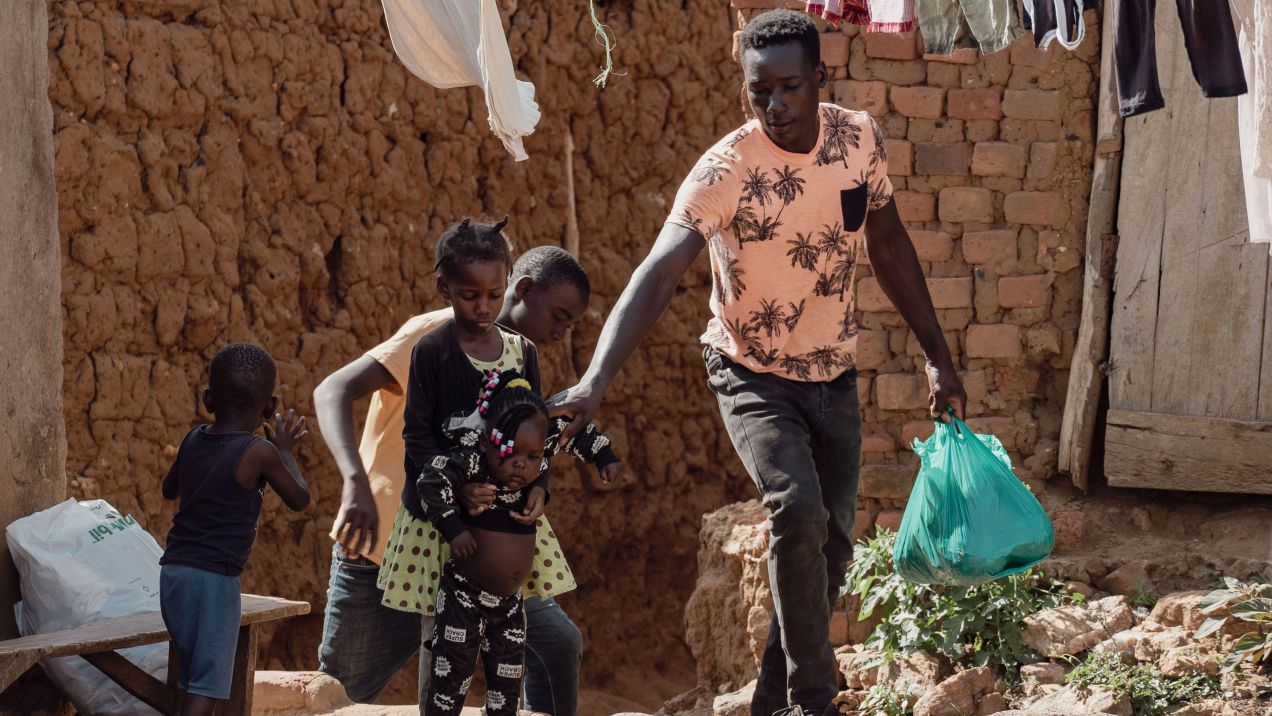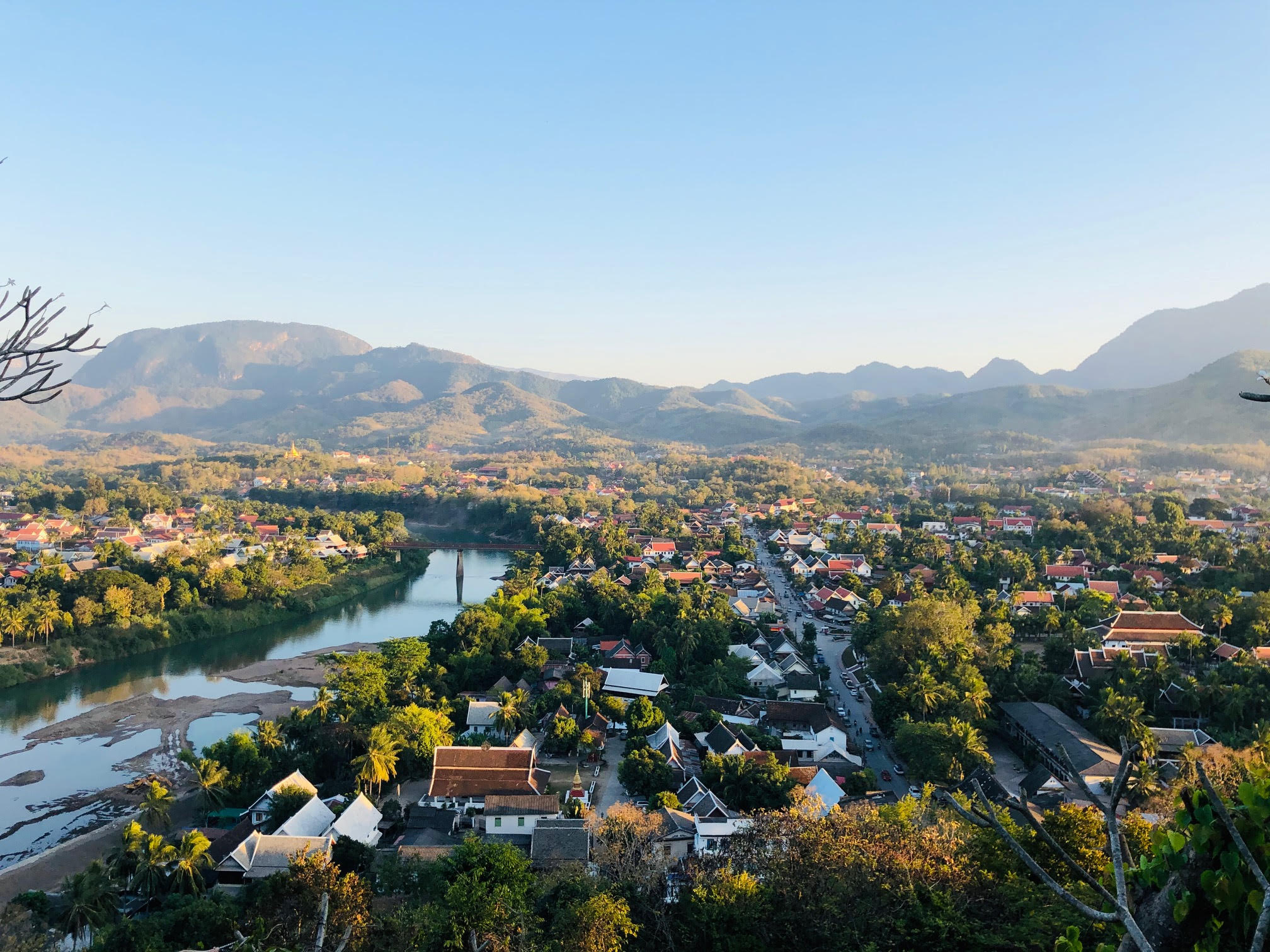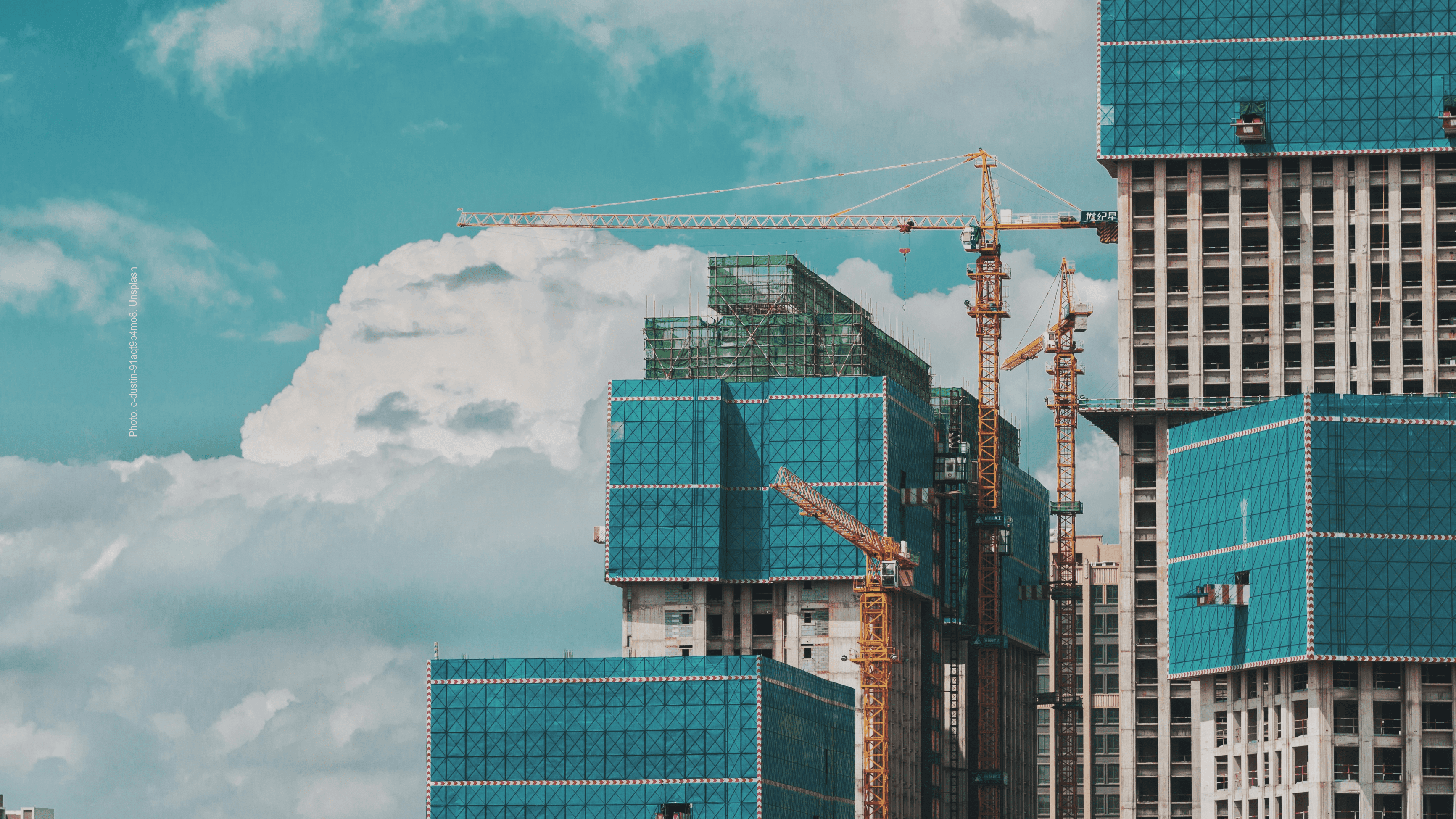[29 July 2010] – Efforts to rehabilitate ancient city centres in the Middle East and North Africa are helping to preserve cultural identity while in some cases also boosting tourism revenues.
That’s the finding of a World Bank paper on rehabilitating medinas—historic, pedestrian-oriented city cores dating from medieval and earlier times.
The Urban Rehabilitation of Medinas says preserving these cultural assets has “strengthened local and national economies, provided incentives for job creation, improved the urban environment, and the quality of public spaces.”
For instance, Marrakesh, with its boutique hotels, colorful markets, and narrow passageways, is a “tourism phenomenon” that draws large numbers of national and international visitors and symbolizes the allure of Morocco, says the report authored by World Bank Senior Urban Specialist, Anthony G. Bigio and Junior Professional Officer, Guido Licciardi.
Such revitalised cultural heritage sites can increase property values and tax revenues and thereby help communities fund public services.
“As countries modernise and transform, historic cities can provide a crucial element of continuity and stability: the legacy of the past can support development into the future,” the report says.
Strategy Preserves Cultural Assets
The World Bank has provided $4 billion in financing to 241 cultural heritage projects since the 1970s. Today, some $2 billion is committed to 117 such projects, including several in the Middle East and North Africa (MENA) region.
The World Bank has been active in the rehabilitation of cultural heritage sites in the Middle East and North Africa since the early 1980s. In 2001, MENA became the first Bank region to produce a strategy for cultural preservation.
Cultural Heritage and Development: A Framework for Action in the Middle East and North Africa spelled out how cultural heritage was relevant to economic development, significant for community and national identities and carried opportunities for social development. The strategy also recognised the special significance of historic cities, which are an essential repository of the history, traditions and memories of the region.
Today, most projects and advisory work pursues three objectives for medina rehabilitation:
-
Ensuring the conservation of key cultural heritage assets;
-
Fostering local economic development; and
-
Addressing the basic needs of the resident, often poor, population
“Investing in the cultural heritage of poor and marginal communities can bring profound changes in their self-reliance and energy,” said Anna Bjerde, Sector Manager of the World Bank Urban and Social Development Unit for Middle East and North Africa. “These changes open up all sorts of opportunities for people to make their way and improve their livelihoods.”
Medinas Among Poorest Settlements
While medinas are at the heart of Arab civilization, for the past 50 years, they have experienced rapid physical and social decay due to out-migration of their original population and rapid urban growth. Wealthier families moved to the suburbs and were replaced by families seeking less expensive accommodation.
Today, medinas are among the poorest urban settlements. As governments concentrate their efforts on managing urban growth, medinas lag behind in terms of access to services and basic infrastructure. The nature of their design, which generally excludes vehicular traffic, is perceived as a stumbling block to service delivery.
A major objective of medina rehabilitation is to improve housing conditions, access to basic infrastructure and public services, and promote job creation to reduce social isolation and poverty, says the Bank’s Urban Rehabilitation of Medinas report.
The approach should involve public, private and non-profit sectors. Governments can affirm the importance of medina rehabilitation by providing urban management services and ensuring legal protection of key historic monuments and buildings.
The private sector can be tapped to invest in medinas’ real estate market and economic activities, while community associations, created around cultural or social interests, can provide social capital and political pressure for initiatives favoring medina rehabilitation, says the report.
Expanding Local Revenues
The Bank pursues multiple objectives for medina rehabilitation, including the conservation of key cultural assets, local economic development, and addressing the needs of residents.
In terms of local economic development, cultural tourism is the most promising market segment for medinas, but not all are able to tap into that market. Governments should carefully consider which medinas have the characteristics required of a promising cultural tourism destination, cautions the Bank report.
The Bank recently developed an index to analyse and rank medinas based on their ability to blend urban rehabilitation and tourism development as a means for economic growth.
This item was first published 27 July on the World Bank’s Middle East and North Africa Region site.




